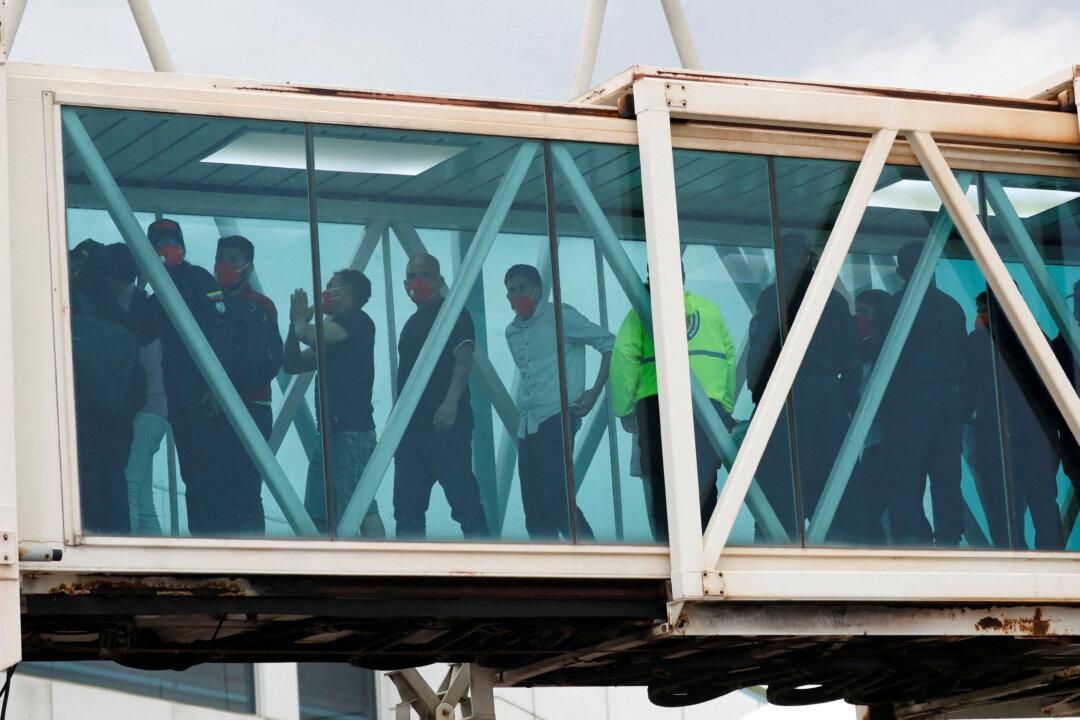The UK’s foreign intelligence service the Secret Intelligence Service (SIS)—better known as MI6—has appointed its first female head in the organisation’s 116-year history.
Blaise Metreweli CMG will be MI6’s 18th chief, the prime minister’s office confirmed on Sunday.
Metreweli will succeed Sir Richard Moore, who has been in post since October 2020, when he leaves the service in the autumn. She will be accountable to the foreign secretary.
MI6’s chief, commonly referred to as “C” is the only named member of the SIS.
Director General ‘Q’
Metreweli studied anthropology at Pembroke College, Cambridge, and joined MI6 in 1999, working continuously for British intelligence including holding director-level positions at MI5.She has undertaken a range of roles, including operational positions in Europe and the Middle East. Most recently, she is the director general “Q,” and is responsible for innovation and technology at MI6.
Moore described Metreweli as a highly accomplished intelligence officer and leader, and one of the intelligence services’ foremost thinkers on technology.
In the announcement, the future “C” said: “I am proud and honoured to be asked to lead my Service.
Threats on Unprecedented Scale
Prime Minister Sir Keir Starmer said that the appointment came at a time when the work of the intelligence services “has never been more vital.”Starmer said: “The United Kingdom is facing threats on an unprecedented scale—be it aggressors who send their spy ships to our waters or hackers whose sophisticated cyber plots seek to disrupt our public services.
“I’d like to thank Sir Richard Moore for his dedicated service, and I know Blaise will continue to provide the excellent leadership needed to defend our county and keep our people safe—the foundation of my Plan for Change.”

Intelligence and security specialists have been warning of the increasing threats the UK, notably from hacks and other cyber attacks.
MI5, MI6, GCHQ
MI6 is one of three main intelligence agencies in the UK, alongside the Security Services (MI5) which is the domestic agency in charge of defending the country from threats to national security, and GCHQ, the cyber and signals intelligence agency.In addition, there is Defence Intelligence (DI), which is a part of the Ministry of Defence and works with all three branches of the Armed Forces, focusing on gathering and analysing military intelligence.
The Joint Terrorism Analysis Centre (JTAC) is a multi-agency unit staffed by members of the three main agencies, DI, representatives from government departments like the Home Office, and the police.
JTAC and MI5 are in charge of raising and lowering the domestic threat levels, in response to the assessed likelihood of a terror attack.
The agency’s earliest form manifested in 1909, when in response to growing concerns about the threat of Germany, the UK created the Secret Service Bureau which was split into Foreign and Home Sections—later to be known as the SIS (MI6) and Security Services (MI5). GCHQ began as British Signals Intelligence in 1914, following the outbreak of World War I.
The Intelligence Services Act 1994 was the first time the government publicly acknowledged the existence of MI6 and GCHQ.
In the same year the act was passed, MI6 moved to its headquarters at Vauxhall Cross on the Albert Embankment on the River Thames, London.
The iconic building was opened by the late Queen Elizabeth II and has featured in several James Bond films, whose titular character was penned by former Naval Intelligence officer Ian Fleming.







